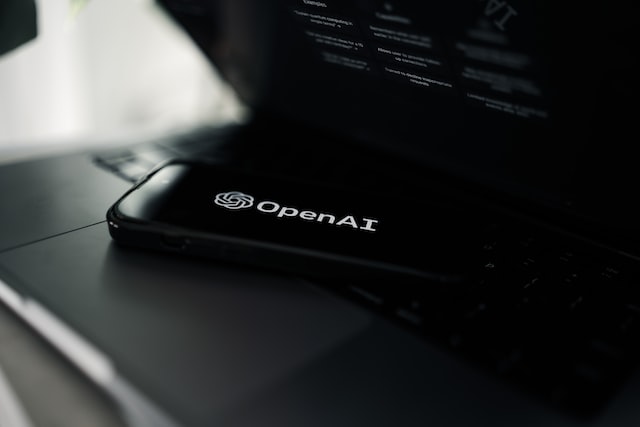ChatGPT is a state-of-the-art language generation model developed by OpenAI. It is based on the GPT (Generative Pre-trained Transformer) architecture and is capable of generating human-like responses to a wide range of prompts and questions. ChatGPT uses deep learning algorithms and large amounts of data to understand and generate natural language text. This makes it ideal for building conversational AI applications such as chatbots, virtual assistants, and customer service bots. With its advanced natural language processing capabilities. ChatGPT can understand context, generate coherent and relevant responses, and even engage in multi-turn conversations. This makes it a powerful tool for businesses looking to automate customer interactions and improve customer experience.
How to Use ChatGPT: A Step-by-Step Guide:
- Step 1: Access OpenAI’s API The first step in using ChatGPT is to have access to OpenAI’s API. You can apply for access on OpenAI’s website. Once you have access, you will receive an API key that you can use to access the ChatGPT model.
- Step 2: Choose a Programming Language OpenAI’s API can be accessed using several programming languages such as Python, JavaScript, and Ruby. Choose the language that you are most comfortable with and proceed to the next step.
- Step 3: Implement the API Using the API documentation and sample code provided by OpenAI, implement the API in your chosen programming language. This will allow you to send requests to the API and receive responses.
- Step 4: Format Your Request The API request should contain the prompt or the context of the conversation and the length of the response that you want ChatGPT to generate. The request should also include your API key to authenticate your access to the ChatGPT model.
- Step 5: Send the Request Use the API to send the request to ChatGPT. The API will respond with the generated response, which you can use in your chatbot or application.
- Step 6: Display the Response Display the generated response from ChatGPT in your chatbot or application. This can be done by simply printing the response or displaying it in a chat interface.
- Step 7: Loop the Process Repeat steps 4 to 6 for each new prompt or message received from the user to continue the conversation. You can also add additional logic to your chatbot to handle specific cases. Answering frequently asked questions or providing a fallback response when one doesn’t understand the user’s input.
To avoid repetitive responses in ChatGPT, you can implement the following techniques:
- Maintaining Context: Maintaining the context of the conversation helps ChatGPT understand the context of the prompt and generate a response accordingly. You can store the previous conversations in a database and pass the context to ChatGPT with each new prompt.
- Using a Diversity Parameter: You can use a diversity parameter to control the level of variation in the responses generated by ChatGPT. By adjusting the diversity parameter, you can avoid repetitive responses and encourage ChatGPT to generate more diverse and unique responses.
- Implementing a Filtering Mechanism: You can implement a filtering mechanism to check the generated response before it is sent to the user. This can involve checking for repetitive phrases or keywords and rejecting responses that match a certain pattern.
- Using a Hybrid Approach: You can combine the above techniques to achieve the best results. For example, you can maintain context, and use a diversity parameter. Implement a filtering mechanism to ensure that ChatGPT generates unique and relevant responses.
By implementing these techniques, you can significantly reduce the likelihood of repetitive responses in ChatGPT and improve the overall quality of your conversational AI application.
How chatgpt is useful in our daily life:
ChatGPT can be useful in several areas of daily life, including:
- Customer Service: This can is used to automate customer service interactions, providing quick and accurate answers to customer inquiries. This can improve customer experience, reduce wait times, and free up customer service representatives to handle more complex issues.
- Virtual Assistants: IT can be used to build virtual assistants that can help with daily tasks such as scheduling appointments, providing reminders, and answering questions.
- Language Translation: ChatGPT can be used to generate translations of text from one language to another. Making it easier for people who speak different languages to communicate with each other.
- News Generation: ChatGPT can be used to generate news articles, allowing for the creation of high-quality content at scale.
- Chatbots: They can be used to build advanced chatbots that can understand and respond to a wide range of questions and prompts. This can improve the quality of interactions with customers, users, and employees.
Conclusion
In conclusion, using ChatGPT is a straightforward process that requires access to OpenAI’s API. Choosing a programming language, implementing the API, formatting your request, sending the request, displaying the response, and looping the process. With ChatGPT, you can build advanced conversational AI applications that can generate human-like responses to a wide range of prompts and questions.

